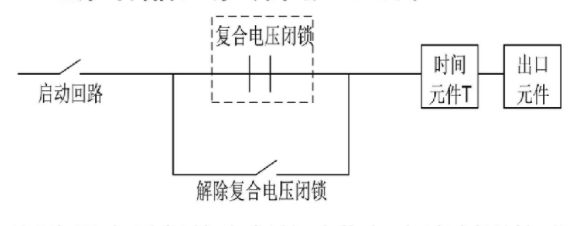What is breaker failure protection?
When the main protection action of the faulty electrical equipment issues a trip command but the circuit breaker refuses to operate, the protection action information of the faulty equipment and the current or other information of the circuit breaker that refuses to operate are used to determine the failure of the circuit breaker.
What are the consequences of breaker failure?
After the failure protection is activated, other related circuit breakers in the same plant station can be cut off within a short time limit to limit the scope of power outage to a minimum, thus ensuring the stable operation of the entire power grid and avoiding serious burning and damage to faulty components such as generators and transformers. Grid collapse accident.
In modern high-voltage and ultra-high-voltage power grids, circuit breaker failure protection is widely used as a near-backup protection method.
Breaker failure protection components

The circuit breaker failure protection consists of a starting loop composed of protection action and current discrimination, a composite voltage blocking and unlocking composite voltage blocking component (the 500kV system does not have composite voltage blocking), a time component and a trip outlet circuit.
1. Start the loop

Circuit breaker failure protection must meet the following two conditions before it starts to fail.
(1) The outlet relay that can instantaneously reset the protection of a faulty line or equipment does not return after action.
(2) The judgment element that the circuit breaker is not disconnected can be a phase current element that can be quickly reset, and the presence or absence of fault current (overcurrent, zero sequence current, negative sequence current) passing through the circuit breaker can be used to judge.
2. Composite voltage blocking

The voltage blocking components of failure protection are generally composed of bus low voltage, negative sequence voltage and zero sequence voltage relays.
When the failure protection and the bus differential protection share the outlet trip circuit, they also share the voltage blocking component. Substation failure protection with 3/2 connection usually does not have voltage blocking
3. Time component

4.Export circuit
The time element is the intermediate link in circuit breaker failure protection. Double busbar wiring: Generally, each busbar is equipped with a time element with two stages of delay. The shorter delay is used to jump the bus contact circuit breaker, and the longer delay is used to jump other related circuit breakers. 3/2 wiring: each circuit breaker in the substation.
Double busbar wiring method: first act and disconnect the bus tie circuit breaker or sectional circuit breaker, then act and disconnect and reject the circuit breaker. Circuit breakers of all power branches connected to the same busbar. 3/2 wiring method: middle When the tie switch refuses to operate, the tie switch failure protection shall act to trip the two side switches connected to it, and at the same time initiate the far jump on the opposite side through the far jump; when the side switch refuses to act, the side switch failure protection shall act to trip the tie switch and the side switches of other connected strings simultaneously activate the far jump on the opposite side through the far jump.
5. Other precautions for failure protection
Can non-electricity protection activate circuit breaker failure protection?
Non-electricity protection cannot activate circuit breaker failure protection, because the non-electricity protection contact action and return time are slow, and the reliability of starting failure protection is poor; when non-electricity protection is activated, sometimes the current will not increase much quickly, and failure start cannot be achieved. Current value, at this time the failure protection will not start.
Keywords in this article: Network IO controller